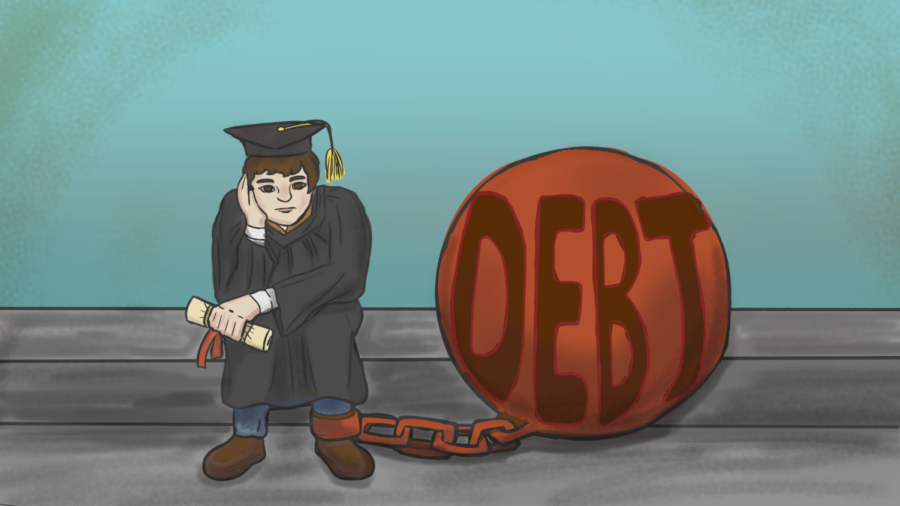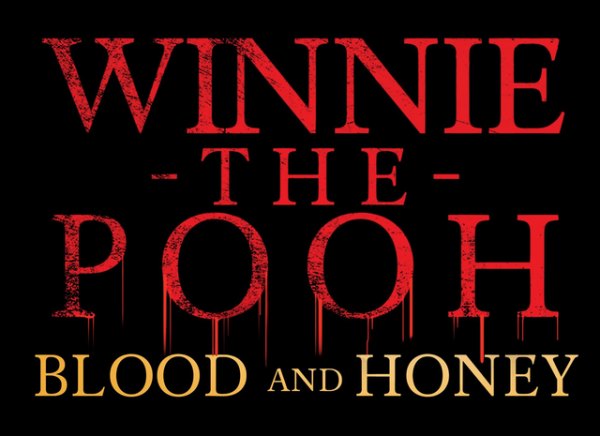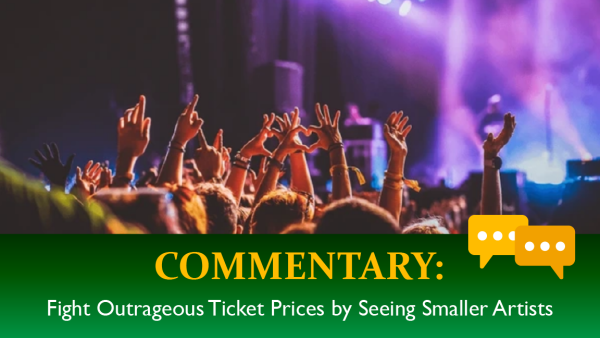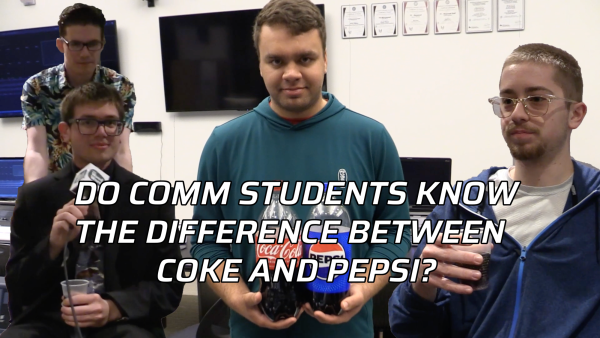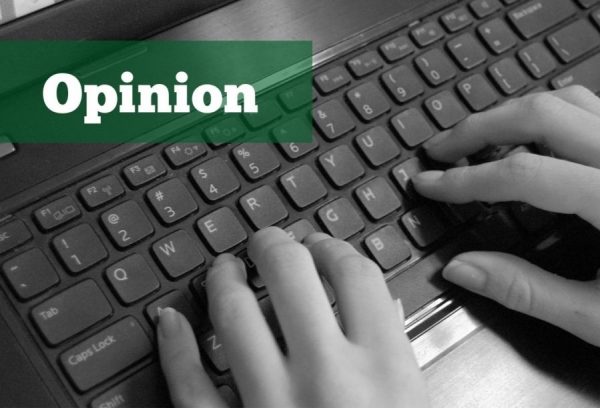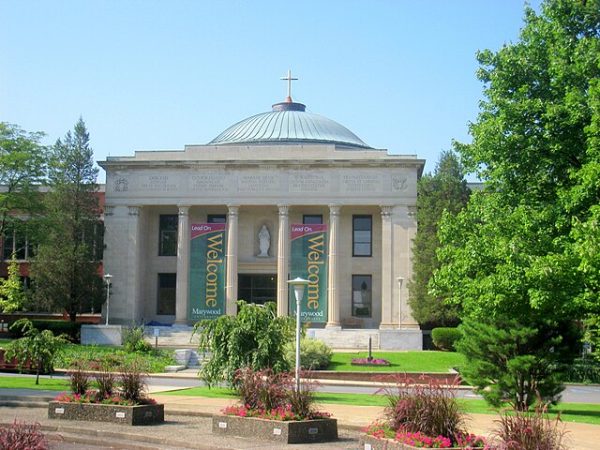OPINION: Student loan forgiveness is an all or nothing deal
Photo credit/ Jennifer Flynn
Student loan debt has reached $1.5 trillion dollars in the United States.
On August 24, President Biden announced student loan forgiveness and an extension on the repayment pause through the end of the year. For borrowers or their families who make less than $125,000 a year, up to $20,000 of federal student loans are forgiven. Despite this victory, it simply isn’t enough.
The average household with student loan debt in America owes $58,957, according to the financial assistance website NerdWallet. Loans can either be owed to the government, private loan issuers or a combination of both. Additionally, as interest accrues on those loans, canceling not even half of the average amount owed will be negated in a few years.
While it’s an old but important argument that the president should sign an executive order canceling all student loan debt, that’s not something that will happen under Biden or likely his successor, Democrat or Republican. Biden signing off on this forgiveness was really more of a strategy headed into the midterm elections than anything else.
In the United States, there is a staggering total of $1.5 trillion in student loan debt already accumulated from graduates and current students. In the richest country in the world, it’s asinine that people going to college to get a better education and to expand their career opportunities get no help once they graduate.
Federal student loans are not the only way people can pay their way through college. Often, students turn to private lenders to finance their education.
Private student loan lenders often affect poor minority college students who have little financial literacy but need to finance their education through loans. The gap between income and student debt owed on average is wider among black, Asian and Latino people than their white counterparts. Students are given easy sells like preapproval and quick decisions to lull them into a sense of security, despite racking up mountains of debt.
Additionally, after loans have been disbursed, borrowers are often sent emails and letters encouraging them to take out the maximum allowed by their school. For a college student, an extra $2,000 seems like a good way to buy books and cover other expenses, but that money adds up and accrues interest.
In January, Navient, one of the top student loan servicers in the country, settled a multi-state lawsuit stemming from claims of predatory lending practices. Navient will cancel $1.85 billion of loans for over 66,000 borrowers and pay $95 million in restitution. What’s unique about Navient is that they got caught, whereas other private lenders practice similar techniques to maximize profits. Common abusive or predatory practices include high interest rates, variable interest rates, and prepayment penalties, among others.
Student loans are inherently predatory. Oftentimes borrowers are 17 to 18 years old and signing off on borrowing money they can’t conceptualize. Prospective college students and current college students wouldn’t be approved for personal loans of this size, but student loans are highly unregulated, meaning that predatory practices are more likely under a for-profit company.
While a cosigner is common for student loans, 9% of borrowers don’t have cosigned loans. Additionally, most federal loans don’t require a cosigner. Loans without a cosigner have higher interest rates and cost more in the long run, which is a benefit for loan servicers but a hindrance for borrowers.
The other argument against student loan forgiveness is that it’s not fair to the people who paid off their loans already, or that it’s unfair to people paying off other loans they applied and were approved for. While on its face that is a sound argument, the further you look into it the less it stands up.
For starters, the idea that, because other people have suffered in the past, people must keep suffering, is inhumane. If a cure for cancer was discovered tomorrow, would giving it to cancer patients be unfair to those who survived chemotherapy, or unfair to those who died fighting the disease?
On top of that, the government forgives loans all the time. Recently, 10.2 million paycheck protection program (PPP) loans were forgiven by the government that were taken out during the pandemic. The loans were supposed to go to small businesses to cover their employees’ pay while most industries were shut down, but many (including members of Congress) took out PPP loans with seemingly no reason. Nearly every cent of those loans has been forgiven with no impact to the economy or the people who took them out. The same can and should be done for student loans.
Let’s also not pretend that the government has never handed out money freely to corporations to misuse. Not just in 2008 with the bailouts of the banks and Wall Street to mitigate the financial crisis, but with CARES Act funds in 2020. TIME Magazine reported that $1.7 trillion of money was basically handed out to corporations who in turn unsurprisingly kept the cash. Why do corporations who continually need bailouts from the government to function get unlimited help, but not the people in deep debt and financial distress to obtain the degrees necessary to work for them?
Student loan forgiveness for all is the starting point. Fixing the higher education system to best protect students is the end goal. This includes lowering or capping the cost of public higher education, setting a low fixed interest rate for all student loans and eliminating predatory lending practices. There’s even a valid argument in nationalizing the student loan program and eliminating private, profit-driven companies who prey on teenagers and young adults. Unfortunately, there is little hope that broad strokes changes will happen in the near future, as the backlash against Biden’s meager loan forgiveness was harsh, and there’s little political will to accomplish more.
While the student loan forgiveness by the Biden administration is a great step in the right direction, and is sure to score the Democrats bonus points in the midterm elections, this should be the floor, not the ceiling in reforming higher education.
Contact the writer: [email protected]

Emma is a senior Multimedia Journalism major and serves as both the Managing Editor and Opinion Editor for the Wood Word. She is also the main anchor for...



